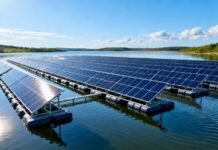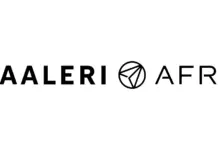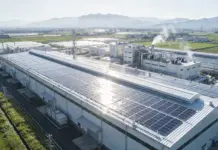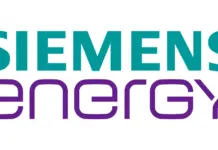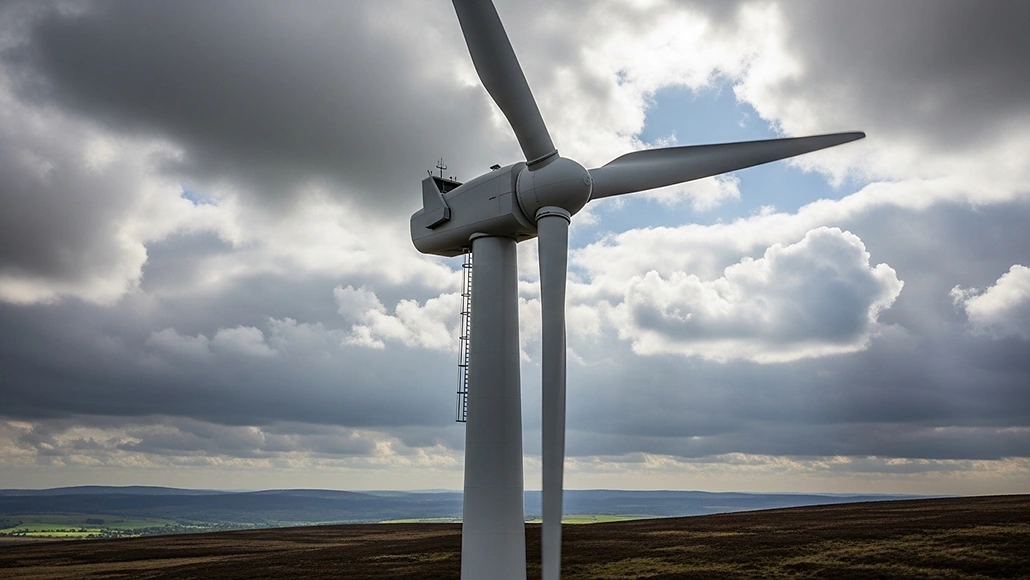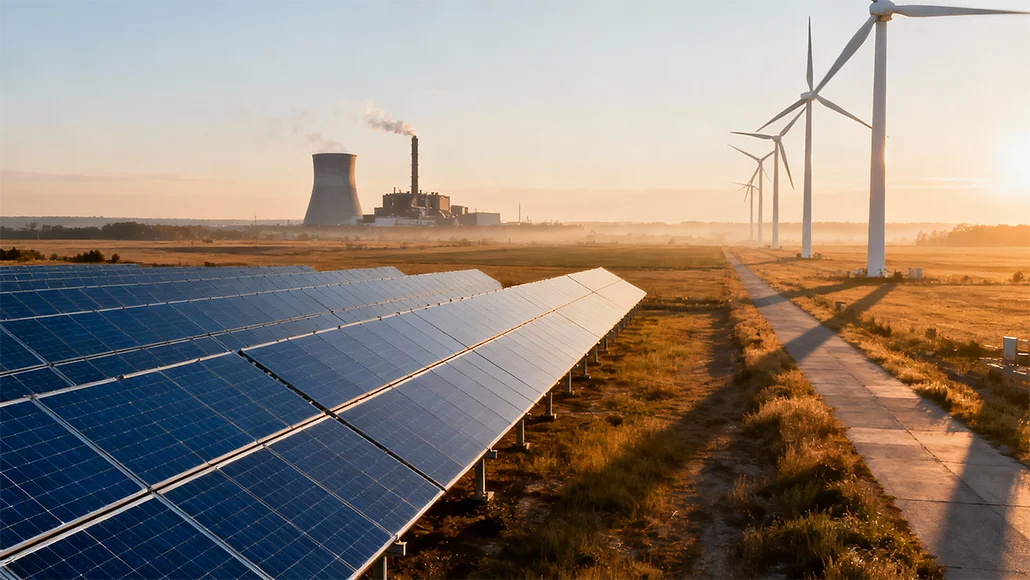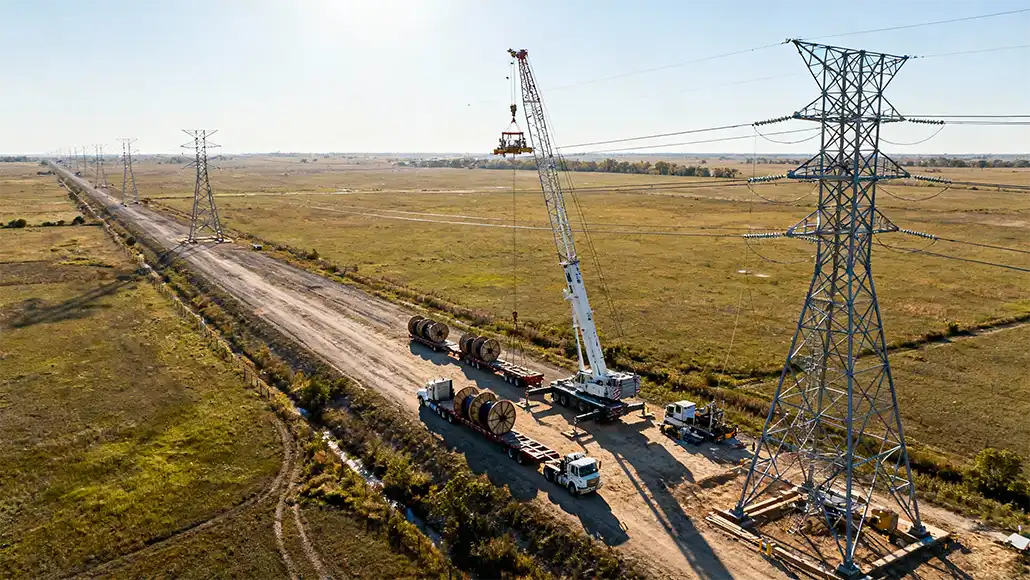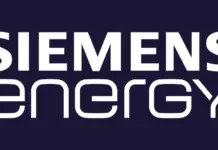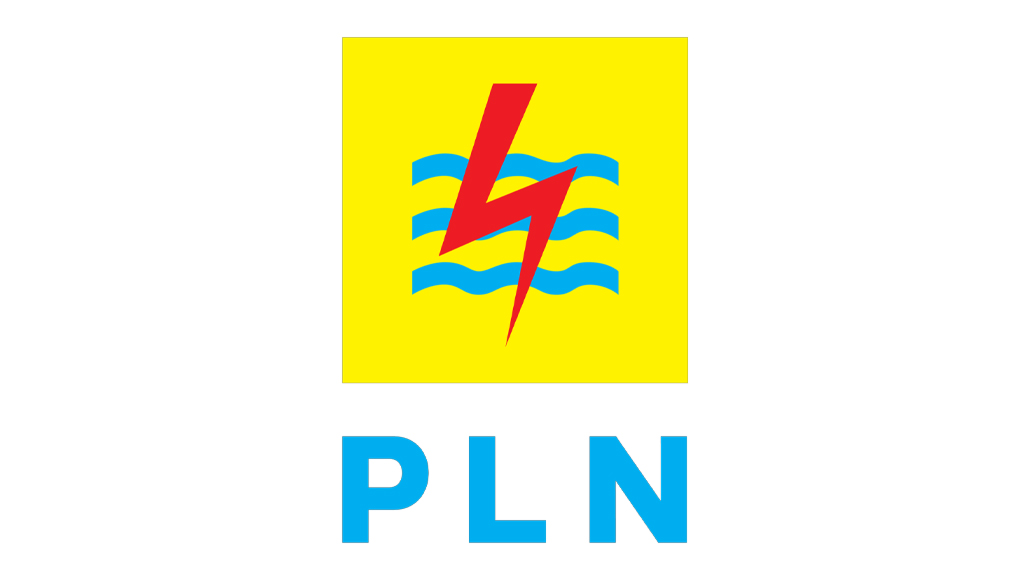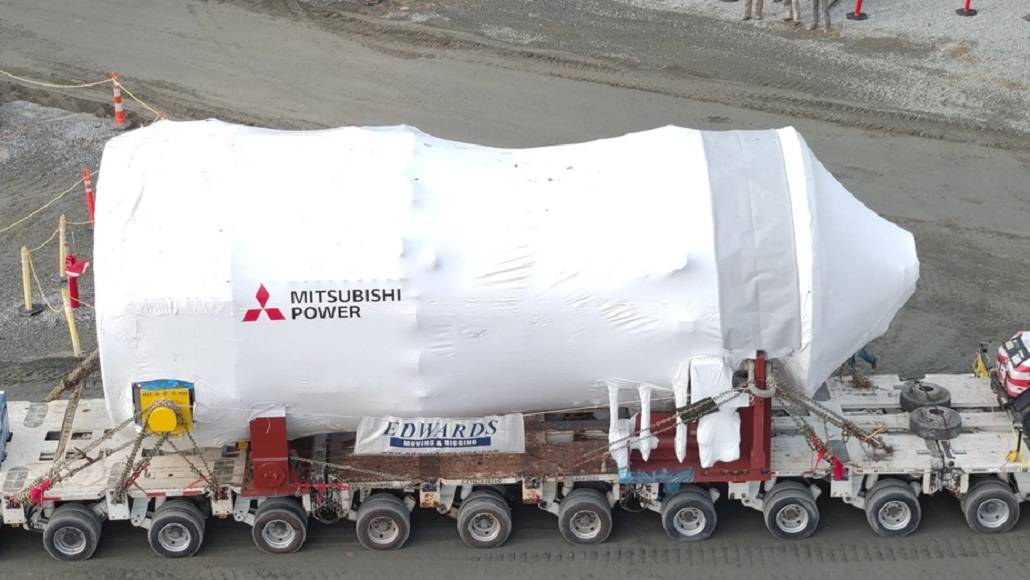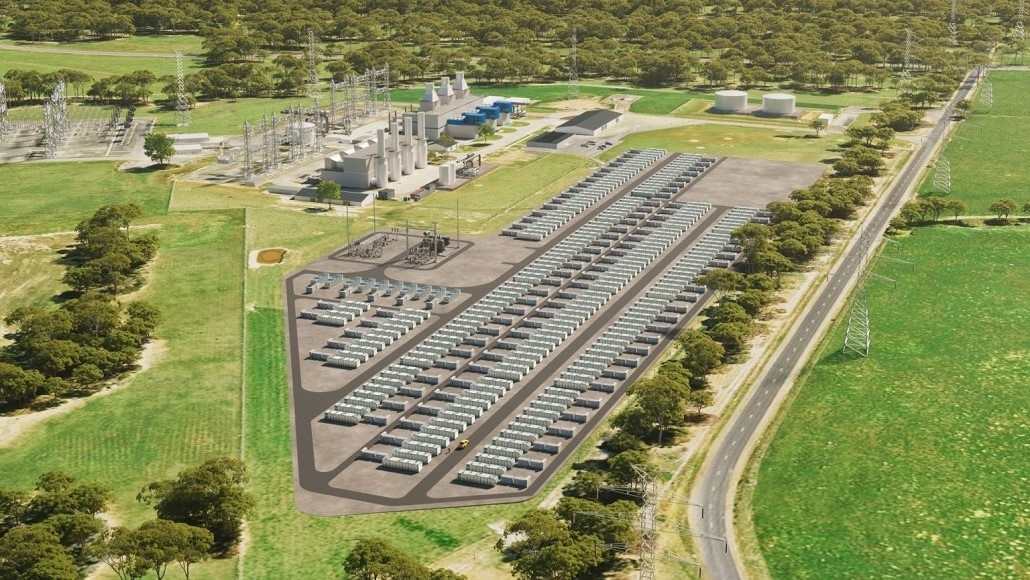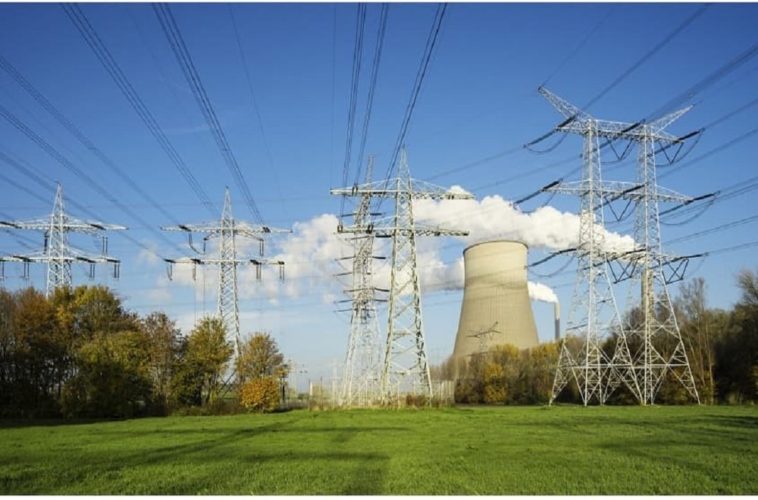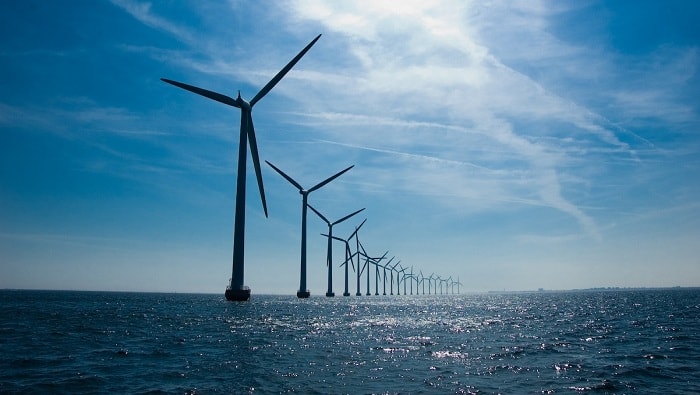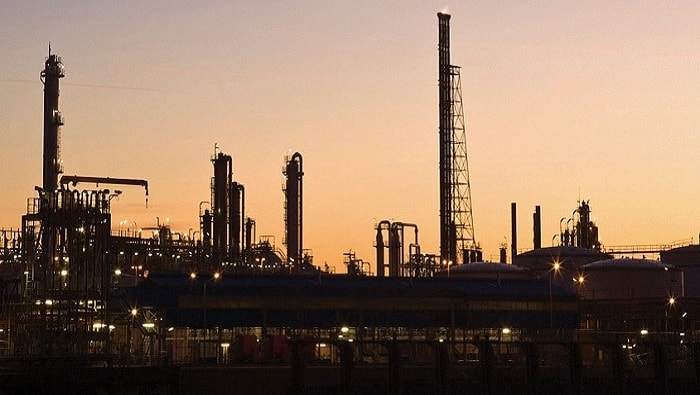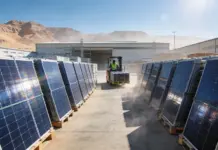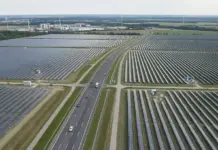Solar PV technology is evolving swiftly, requiring rigorous module testing to foresee durability and performance. As Sara Fall and Harrison Dreves from NREL elaborate, historical data fails to predict the behavior of novel materials and configurations. The Durable Module Materials (DuraMAT) Consortium has introduced advanced testing and data-gathering methods, leveraging physics fundamentals for accurate predictions. Their approach has uncovered vital insights into cell cracks, high-efficiency modules, materials degradation, recycling, UV-induced degradation, glass fracture mechanics, and encapsulant degradation. These efforts aim to expedite failure data analysis and foresee the long-term reliability of new module designs. The consortium collaborates with a 22-member board from the solar industry, and project data is accessible via the DuraMAT Data Hub.
Supporting Solar PV Industry Growth with Reliable Module Design
Amidst the rapid and unpredictable changes in the solar photovoltaics- PV sector, the DuraMAT Consortium has taken quite a significant step so as to support industry expansion. With 2023 witnessing substantial growth, DuraMAT has developed guidelines to make sure of PV modules’ reliability as well as its durability. Their Fiscal Year 2023 Annual Report goes on to outline a reliability forecasting strategy and key findings on cell cracks, high-efficiency modules, materials degradation as well as recycling.
Led by the National Renewable Energy Laboratory- NREL, with core research labs Sandia National Laboratories and Lawrence Berkeley National Laboratory, and funded by the U.S. Department of Energy Solar Energy Technologies Office, the consortium looks forward to accelerate a transition to zero-carbon electricity by 2035. The report goes on to offer new strategies and recommendations so as to benefit manufacturers and consumers alike.
Challenges of Predicting New Material Behavior
Reliability testing in the solar industry traditionally happens to rely on field observations of existing modules. However, the rapid pace of innovation renders these observations unreliable. In 2023, DuraMAT shifted its focus to reliability forecasting. Teresa Barnes, DuraMAT director and NREL researcher, noted that six projects were awarded to forecast degradation factors such as UV-induced degradation, glass fracture mechanics, and encapsulant degradation. This approach, grounded in fundamental research questions, enables predictions about the long-term reliability of new module designs.
DuraMAT’s strategy involves quantitative modelling and rapid validation, resulting in a suite of open-source software and datasets on mechanical models, wind loading, fracture mechanics, moisture diffusion, and irradiance. These resources are all available through the DuraMAT Data Hub.
Exploring New Degradation Mechanisms
In 2023, DuraMAT projects investigated evolving degradation mechanisms within the new module designs, including cell cracking and also UV degradation. Cracked cells, often unnoticed but reducing output, happened to be found to be more tolerable in newer modules with many busbars, half-cut cells, and glass-glass encapsulation. Additionally, rotating cells in the module design went on to improve resistance to cell breakage.
UV-induced degradation also emerged as a significant issue in high-efficiency cells, potentially offsetting gains from bifacial and other high-efficiency cells. DuraMAT plans to quantify this degradation in 2024.
Fostering the Next Generation of PV Scientists
The DuraMAT Consortium emphasizes long-term research, reflected in the DuraMAT Early Career Scientists (DECS) program. This initiative connects early career scientists, promotes collaboration, and offers professional development opportunities. DECS participants actively contribute to research presentations, conference sessions, and publications, all detailed in the annual report.
Impact of DuraMAT Research on PV Module Design
Michael Owen-Bellini, a DuraMAT leadership fellow and NREL researcher, highlighted that DuraMAT’s research directly influences PV module design and durability. For instance, rotating half cells in module designs, as detailed in the annual report, enhances mechanical durability, a feature now seen in some of the latest market offerings.
Predicting Long-Term Reliability Through Advanced Research
The central goal of DuraMAT is to predict the long-term reliability of new solar module designs. Instead of relying on field observations of widespread problems post-deployment, DuraMAT’s approach begins with fundamental research questions about the long-term changes in materials, interfaces, components, and modules. This methodology is built on quantitative modelling and rapid validation, leading to the creation of open-source software and datasets. These tools cover various topics, including mechanical models for materials, wind loading, fracture mechanics, moisture diffusion, and irradiance, all accessible through the DuraMAT Data Hub.
In 2023, DuraMAT focused on degradation mechanisms evolving with new module designs, such as cell cracking and UV degradation. Cracked cells, which can reduce output but often go unnoticed, were found to be more tolerable in newer modules with many busbars, half-cut cells, and glass-glass encapsulation. Module design changes, such as rotating cells, also made modules less sensitive to cell breakage. Additionally, UV-induced degradation was identified as a significant issue in high-efficiency cells, potentially offsetting gains from bifacial and other high-efficiency cells. DuraMAT’s ongoing work in 2024 aims to quantify this degradation.
Sharing Knowledge Among Emerging PV Scientists
DuraMAT’s long-term view extends to nurturing the next generation of PV scientists through the DuraMAT Early Career Scientists (DECS) program. This initiative connects early career scientists, fosters collaboration across institutions, and offers professional development and networking opportunities. DECS participants actively contribute to research presentations, serve as session chairs at national and international conferences, and publish papers, all detailed in the DuraMAT annual report.
The DuraMAT Consortium’s work is pivotal when it comes to predicting the reliability of new solar module designs, supporting the industry growth, as well as fostering future scientific research. Their strategies and findings, accessible by way of the DuraMAT Data Hub, provide invaluable guidance when it comes to building durable, efficient, and also sustainable PV modules. By way of focusing on advanced research and at the same time nurturing new talent, DuraMAT ensures the continued advancement in terms of solar PV technology, contributing to a sustainable and equitable transition to zero-carbon electricity generation by 2035.



